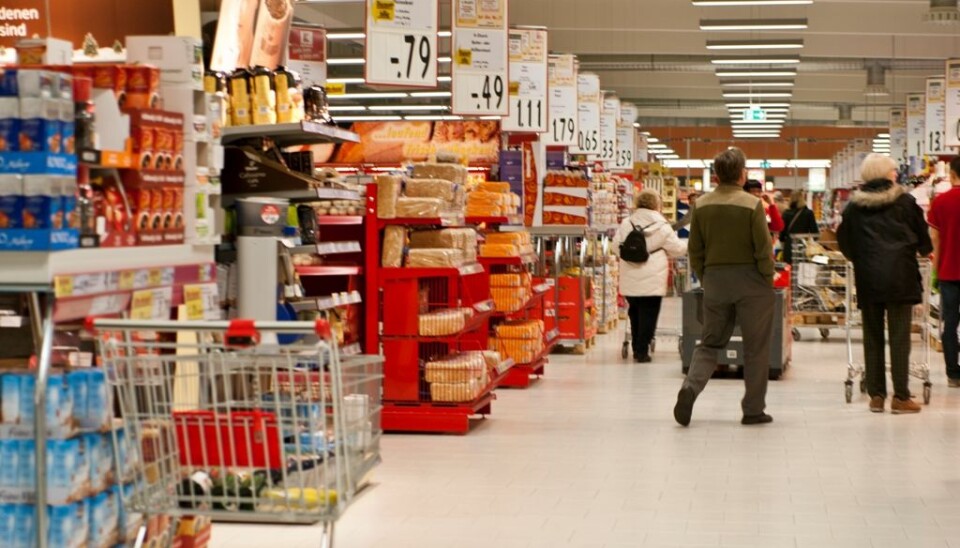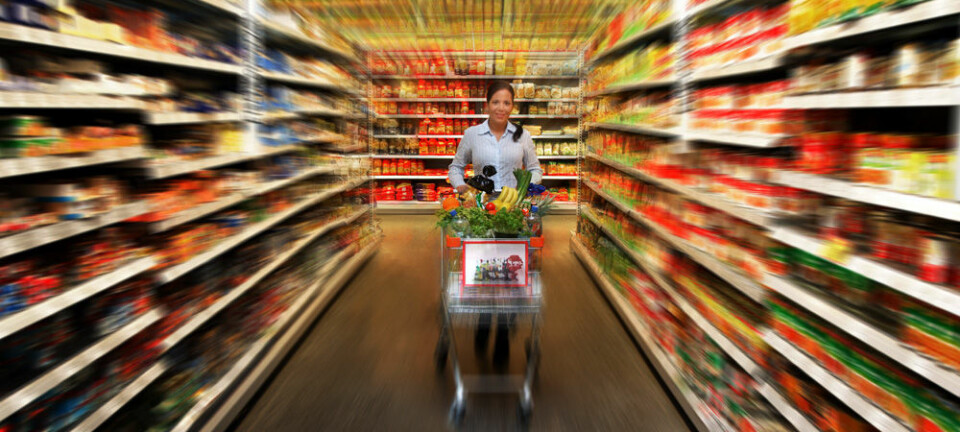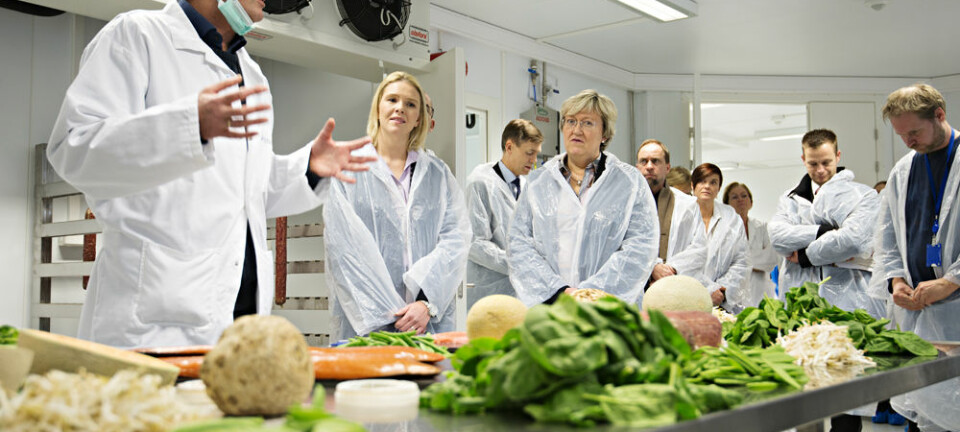This article was produced and financed by BI Norwegian Business School

Why are identical products sold at different prices?
“Half of these differences can be explained by which shop you’re buying from,” says researcher.
In his doctorate project at BI Norwegian Business School, Øyvind Nilsen Aas has examined price differences in the retail grocery trade.
The study shows that the retail industry operates with different prices for completely identical products, such as for example 1.5-litre bottles of Coca-Cola or Milo wool detergent.
The price variations are relatively modest for some products, while for others (for example Coca-Cola), the price differences may be substantial.
Along with researchers Espen R. Moen at BI Norwegian Business School and Fredrik Wulfsberg of the Oslo Business School at Oslo and Akershus University College, Øyvind Nilsen Aas has studied the prices of no fewer than 766 different consumer goods in the retail trade sector in Norway.
The prices were compiled by Statistics Norway from nearly 4300 shops over a period of five years (from January 2000 to December 2004).
Does the type of shop matter?
We can choose to buy products in different types of shops. The shopping experience in a full-range shop is not the same as in a discount chain, 7-eleven or a petrol station, even if you’re buying the same 1.5-litre bottle of Coca-Cola.
The shops carry different product assortments, have different staffing levels and different opening hours. These are differences in cost structure that we expect will be reflected in the price tag.
If you want to be able to buy fresh-cut entrecôte of the finest quality rather than a vacuum-packed version of the same cut, you must be prepared to pay a little extra for the other prod-ucts that also end up in your shopping basket at the same time.
If you make the effort to go to a full-range shop to buy a fresh-cut piece of meat, it is highly unlikely that you would bother to also visit a discount chain to secure the lowest price on milk.
One-half is due to the shop
Along with Moen and Wulfsberg, Øyvind Nilsen Aas has developed a statistical model to find out just how much of price differences in the retail grocery trade are due to differences between the shops.
About half of the price differences, 49 per cent to be exact, can be explained by the differences between the shops.
“This means that we are left without explanations for about one-half of the price differences,” says Øyvind Nilsen Aas.
Can the authorities address the issue?
Can the rest of the price differences be explained by the fact that we, as consumers, cannot be bothered to go from shop to shop to find the lowest prices on the products we want to buy?
If so, it might be a good idea to establish an online food portal that compares prices for consumers. According to Øyvind Nilsen Aas, the benefits of such a food portal could extend beyond grocery customers.
“More openness may lead to a lower average price. But it could also make it easier for the suppliers to maintain a high price level,” the researcher warns.
A food portal will make it easier for the different chains to gain access to their competitors’ prices. This would not necessarily be beneficial for market competition.


































